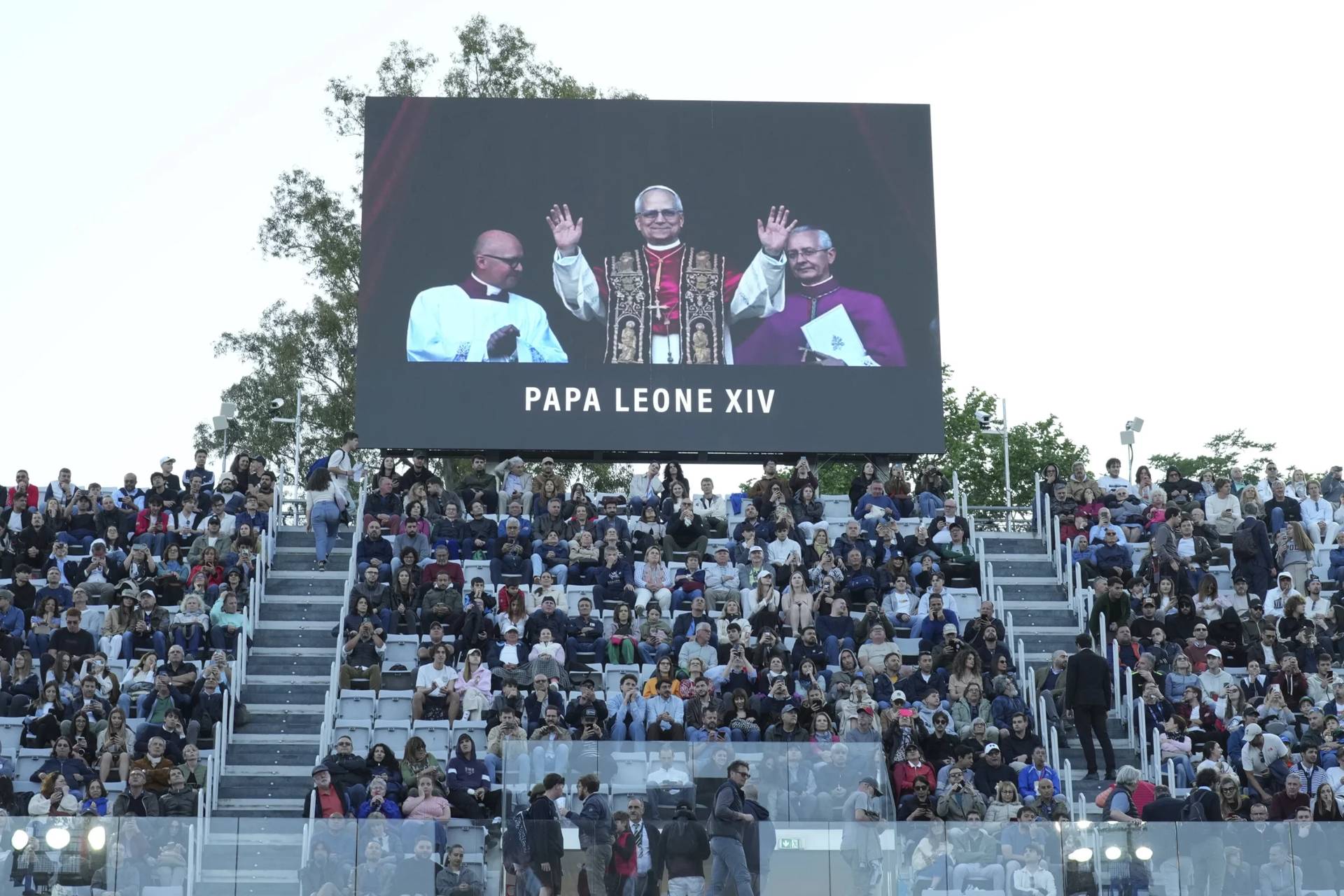Gov. Ned Lamont said Thursday he’s considering easing some COVID-19 restrictions in Connecticut, including for places of worship, possibly as early as next week.
Under the state’s rules, indoor church services are limited to 50 percent capacity, capped at 100 people. Worshipers must wear masks and social distance.
“Let’s lift that numerical cap. Let’s do it now,” the Democrat told reporters during his COVID-19 briefing. “But if you haven’t been vaccinated, probably it’s better stay home for a little bit longer if you are of a certain age.”
As of Thursday, about 35 percent of state residents 75 years and older have received the vaccine. There have been a total of 364,255 vaccinations, which includes 299,876 first doses and 64.379 second doses administered.
The Connecticut Catholic Conference welcomed the news that Lamont planned to ease the state’s restrictions, saying in a written statement that multiple steps have already been taken by clergy and parishioners to reduce the spread of the coronavirus that causes COVID-19.
“Infections and related problems in our parishes have been minimal due to the hard work of all concerned,” the statement read.
Lamont said he plans to release some “clear guidance” on which restrictions will be eased early next week, noting there has been “good news” with Connecticut’s recent COVID-19 trendlines. According to data through Jan. 27 from Johns Hopkins University, the rolling average number of daily new cases has decreased in Connecticut by 1,131, a decrease of 37.5 percent over the past two weeks.
Lamont acknowledged that Rhode Island and Massachusetts both are lifting curfews on their restaurants. Connecticut currently has a 10 p.m. curfew, which he said is “worth looking at.”
Meanwhile, the state on Thursday crossed the threshold of more than 7,000 COVID-associated deaths. There have been 7,020, an increase of 44 since Wednesday. While a new report from the New York state attorney general charges that the state may have undercounted COVID-19 nursing home residents by thousands, Lamont said he believes Connecticut has been “very accurate” in its reporting.
“We have tried to be brutally accurate,” said Lamont, highlighting how Connecticut counted COVID-related deaths as COVID deaths since the early days of the pandemic.
















